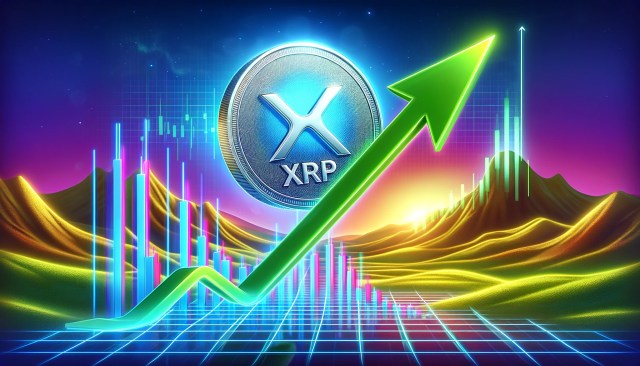Bitcoin continues to face challenges in recent weeks, as persistent bearish sentiment has pushed the perpetual swaps market into negative funding rates territory, according to a report by K33 Research.
Based on historical market data, analysts from the research firm argue that this negative trend could signal a potential bottom for the cryptocurrency.
Perpetual Funding Rates And Market Bottom
The report, authored by Vetle Lunde and David Zimmerman, suggests that the recent negative funding rates offer an optimistic perspective on BTC’s future price action.
Notably. the perpetual swaps market, which allows traders to speculate on the price of Bitcoin without owning the asset, has experienced negative funding rates for the first time since March 2023.
Negative funding rates occur when traders pay to hold long positions, reflecting strong bearish sentiment. According to K33 Research, this is the seventh time since 2018 that average 30-day funding rates have flipped negative, and previous occurrences have often signaled market bottoms.
The K33 analysts highlight that when 30-day average funding rates turned negative in the past, Bitcoin showed strong performance in the following months.
The data reveals that average 90-day returns after negative funding rate flips stand at 79%, with a median return of 55%. This historical precedent is key to the analysts’ bullish outlook for BTC as the year progresses.

Furthermore, the K33 analysts believe that BTC could be setting up for a positive price movement toward the end of 2024.
They point to the rise in open interest in perpetual swaps, nearing its highest level since late July, as a potential catalyst for short squeezes.
For context, a short squeeze occurs when traders who have bet against Bitcoin by shorting it are forced to buy the asset to cover their positions, potentially driving the price higher.
External Factors Shaping Bitcoin’s Outlook
In addition to on-chain data, the report discusses external market influences that could affect Bitcoin’s price trajectory. The correlation between BTC and the S&P 500 has reached a 23-month high of 0.67, meaning that broader economic factors will likely impact Bitcoin.
K33 analysts believe that upcoming events such as the Consumer Price Index (CPI) release and the Federal Reserve’s Federal Open Market Committee (FOMC) meeting on September 18 could significantly shape BTC’s short-term price movements.
The analysts also consider several other factors that could contribute to Bitcoin’s potential recovery later in the year. These include the expected Federal Reserve pivot on interest rates, the US presidential election, repayments related to the FTX collapse, and delayed effects of Bitcoin’s supply halving.
The conclusion of the supply overhang and positive seasonality effects are seen as additional elements that could help push BTC higher.
Featured image created with DALL-E, Chart from TradingView










